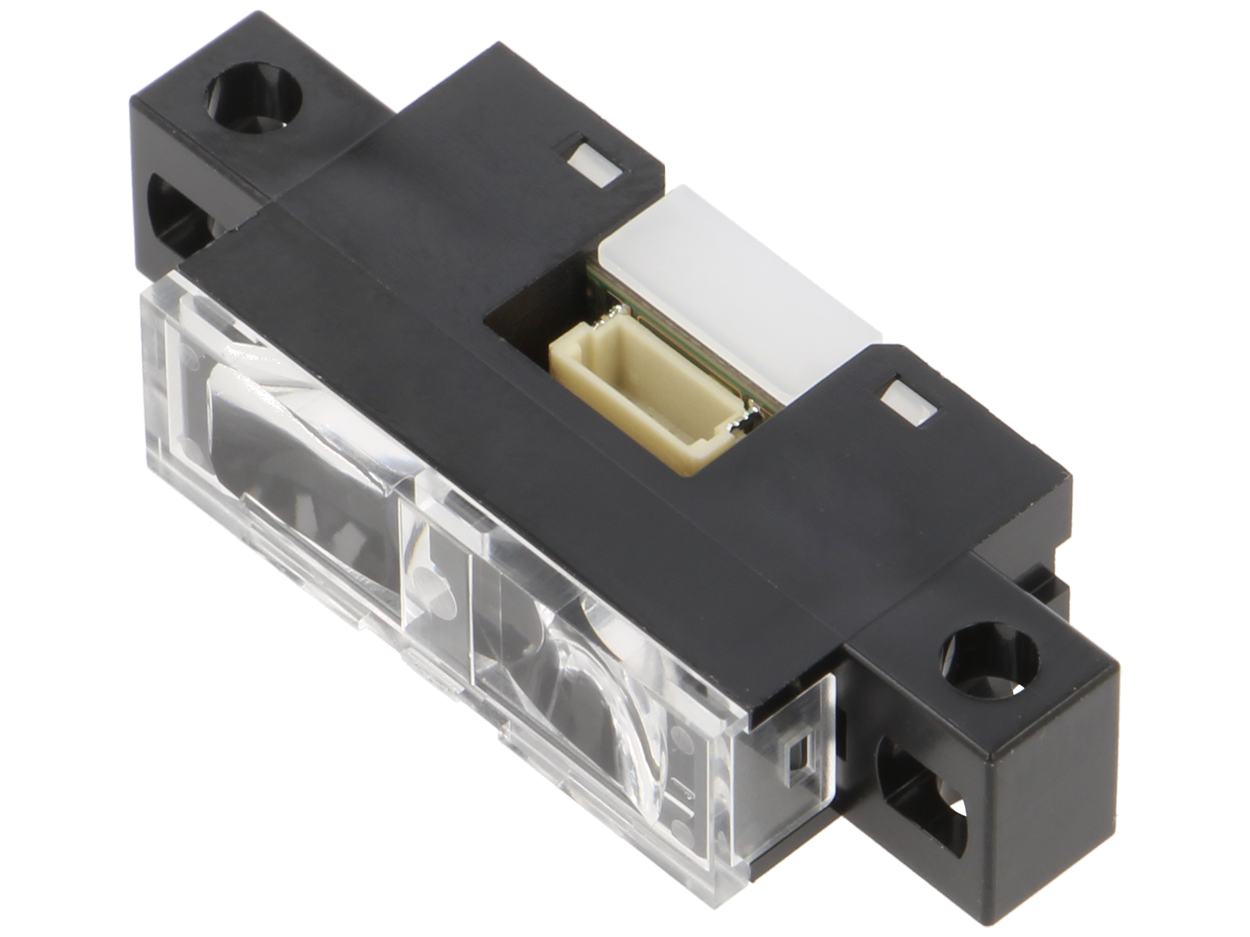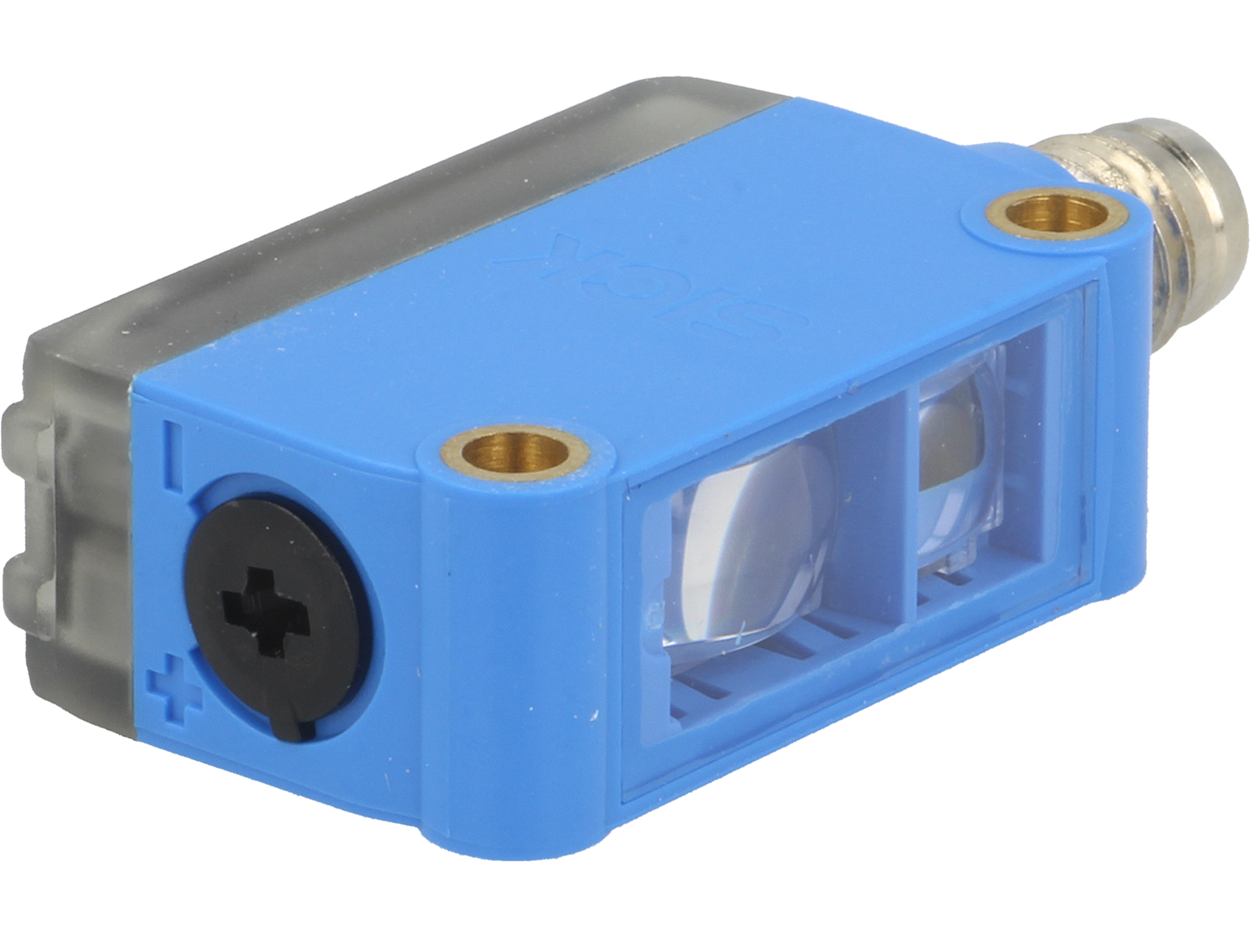Vision, colour and contrast sensors – operation and main applications
Colours are something quite natural, and most of us can identify them without any problem. Technically, however, we are talking about electromagnetic waves of varying length, because, after all, that is what colours actually are. We are able to interpret them without any problem, e.g. when moving in public spaces and reacting to the green, yellow or red traffic light.
Over time, we have also had to adapt machines, so that they can recognise colours just like we do. For this purpose, various types of vision systems and sensors that detect colour and contrast are used, thanks to which machines are able to read e.g. barcode information.
- Colour detection technology
- Contrast sensors
- Application of vision sensors
- Selection of vision sensors
How does a colour sensor work? Methods of colour detection
Colour recognition with specialist sensors is not as simple as it might seem. As we already know, colours are in fact electromagnetic waves of different lengths, whose value falls within the visible light spectrum. We are talking about wavelengths in the range of 400 nanometres for violet and 700 nanometres for red. Outside of this spectrum, there are other types of electromagnetic waves, which cannot be seen with the naked eye, such as X-rays, infrared or microwaves.
Every colour sensor operates specifically based on reading the electromagnetic wavelength. It sends a beam of white light to the examined object, against which the light gets reflected and is sent back to the sensor where it is analysed. Simple devices, also known as colourimeters, are usually based on three RGB (red, green, blue) filters, which transmit waves of specific lengths only. These then reach the light-sensitive elements, where they are measured, or, to be more precise, converted into a measurable value (usually this will be voltage). As soon as the voltage value is available, the electronics in the sensor can easily convert it into something comprehensible to a human or other machine. Spectrophotometers are an alternative to sensors with RGB filters, although a much more complex one. In their case, the wave reflected by the surface is dispersed into beams of a specific colour, which are then captured by the corresponding photosensitive elements. In this way, the colour of the examined object can be determined very precisely.

B5WC-VB2322-1
Reflective colour sensor
How does a reflective colour sensor work?

KTM-MB31111P
Contrast sensor with a range of 12.5 mm
In their operation and design, contrast sensors are somewhat reminiscent of the already introduced vision colour sensors. Here, a beam of light is also sent out, which, once it is reflected by the surface under examination, returns to the module. There, it is analysed in terms of its strength – in other words, the amount of light that has returned to the sensor is checked. On this basis, the contrast can be determined. The darker the surface to be tested, the less light will return to the sensor, and thus fewer photons will reach the photosensitive element that will convert their value into voltage. On the basis of this electrical quantity, contrast can now be easily determined. It is worth knowing that contrast sensors are not only based on white light. They can also emit beams in other colours, making it easier to analyse the contrast of coloured objects.
Applications of vision sensors
Vision colour and contrast sensors are very much in use in modern industrial plants. These include industries such as: automotive, pharmaceutical, food, chemical and, of course, printing. Vision sensors are an indispensable part of larger machine assemblies, where they serve as detectors to determine the production quality. They are also used in sorting machines. In fact, their function depends on the specific production process, as vision sensors can, in some cases, replace other types of detectors.
Which vision sensor to choose?
When choosing vision sensors, it is worth considering aspects such as the sensitivity of the module, the maximum detection distance or the electrical parameters. The choice will mainly depend on the industry and application. In most cases, specifying a particular colour will not be necessary. Many production inspections are in fact solely based on colour determination according to the OK/NOK principle (OK/not OK). Simple and inexpensive vision sensors will be ideal for such solutions. In the case of more demanding production processes, more precise sensors should be sought, as their capabilities in terms of colour or contrast detection will be much greater. All in all, everything depends on the character of the production line.










